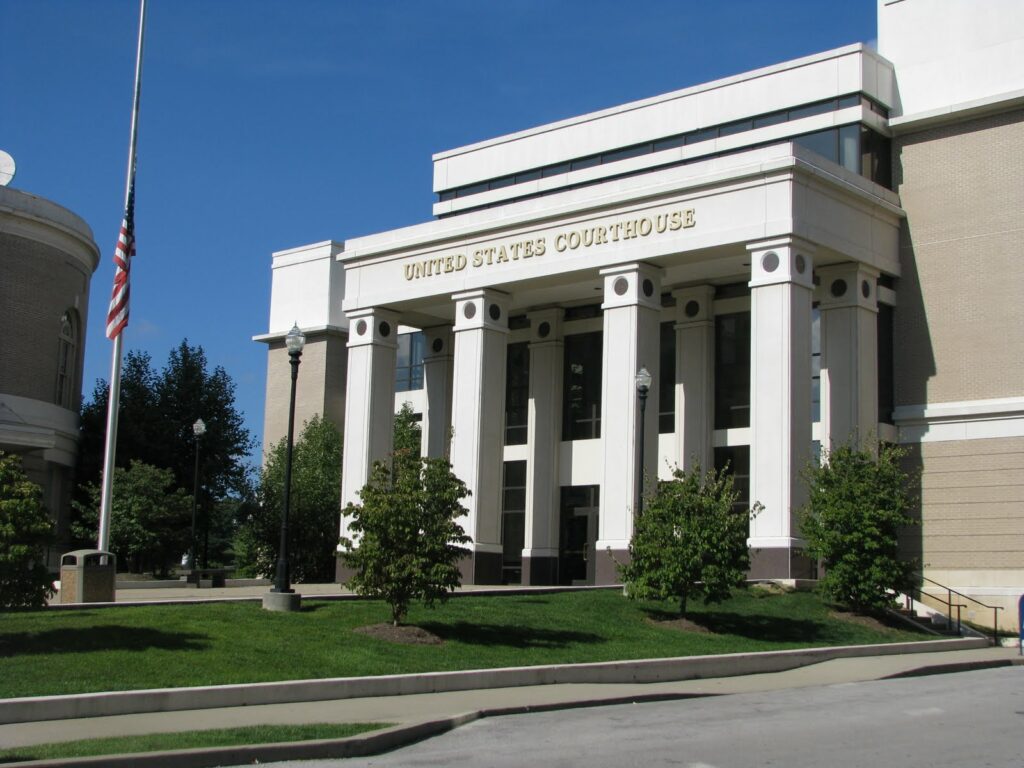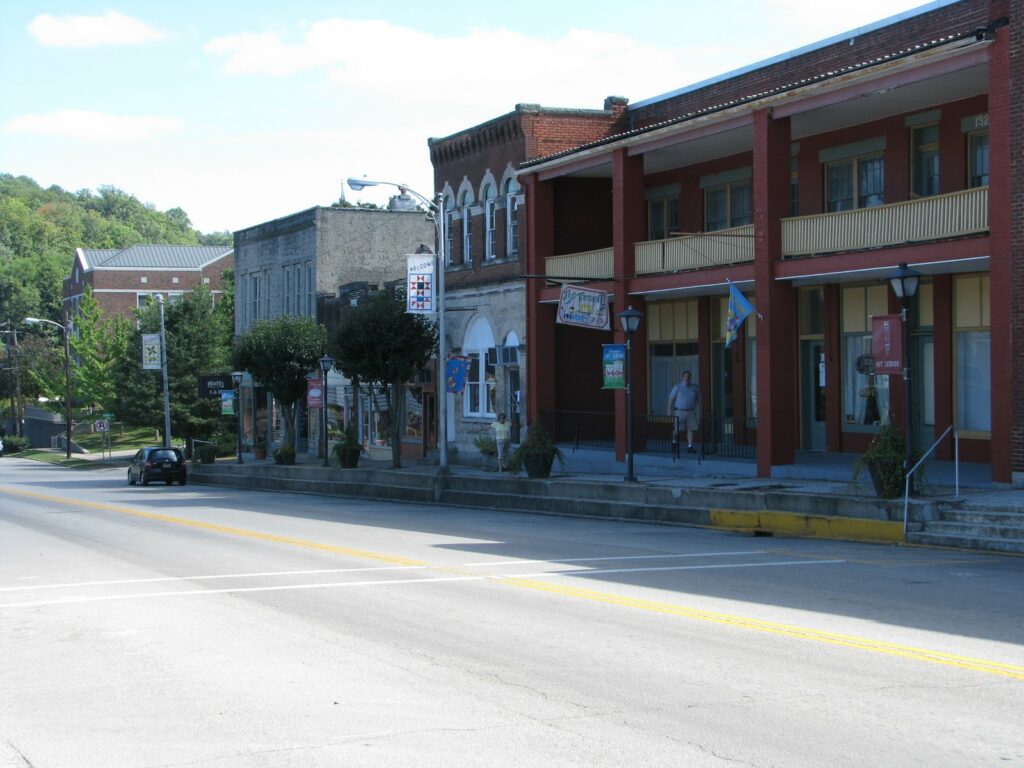 |
| Statue of Gen. John Hunt Morgan – Lexington, Ky. |
In front of the old Fayette County Courthouse (now the Lexington History Museum) stands a statute of General John Hunt Morgan, the “thunderbolt of the Confederacy.” He is mounted upon his noble steed, Black Bess. Sculpted by Pompeo Coppini in 1911, the statue is the only monument in Kentucky of the Civil War with a soldier on horseback.
As the story is told, Coppini arrived from New York for the great unveiling of his work. With dignitaries present, it was exclaimed upon the falling of the curtain that “Black Bess got balls!”
You see, Black Bess was a mare but Coppini had thought it undignified. “No hero should bestride a mare,” he had explained. An anonymous poet later wrote:
So darkness comes to Bluegrass men —
Like darkness o’er them falls —
For well we know gentlemen should show
Respect for a lady’s balls










